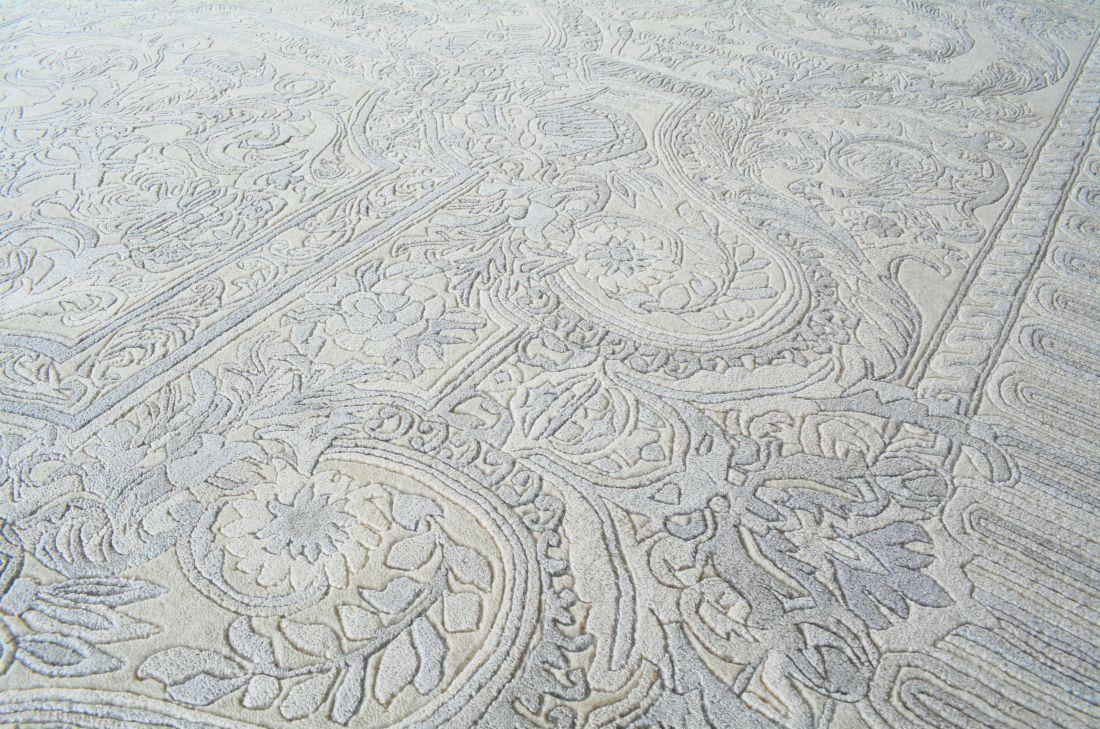620 17th Ave SW Calgary AB. Free parking available behind store.
620 17th Ave SW Calgary AB. Free Parking Available Behind Store.

Reading Time: 7 Minutes.
In the 17th Century carpet weaving took root in France, which subsequently became the centre of carpet manufacturing in Europe.
Carpets had been woven in France since the Crusades, when Louis IX brought 'sarrasinois' rugs back from the wars. No carpets from this time survive, and medieval documents are ambiguous on their use, whether these woven products were for the floor or for use as wall hangings.
When Henry IV came to the throne, his first aim was re-establish order and promote national industries after the wars and religious troubles of the previous decades.
One of the decrees was to set up factories to make carpets, one of the first being a workshop in the Louvre. The looms set up in the workshops were large high warp looms which had to take a pull of several tons.
In addition to carpets being woven, also screens, seat covers and wall hangings.
(Tapis de Savonnerie: Handcrafted for the Grande Galerie in the Louvre).
In addition to the Louvre, buildings acquired by the Crown near Colline de Chaillot, former soap factories - hence the name Savonnerie, were converted to carpet workshops.
Savonnerie means 'Soap Factory' (French: savon). It refers to the original soap workshop converted to carpet weaving.
The designs were characterized by an exuberance of flowers in baskets, vases, cornucopias and bouquets.
All drawn in a very naturalistic way related to contemporary Dutch embroidery and tapestry that was much in demand throughout Europe.
They were exclusively woven for the King and his Royal households or as precious gifts for visiting dignitaries.
It was from this time that the name Savonnerie was attached to their carpets instead of 'tapis a la facon de Perse et du Levant' (Persian and Levant style carpet).
Indo's Savonnerie is an ode to that timeless period of design using contemporary colours.
Light blue, ivory, beige and grey in over sixty percent natural silk and remainder in soft hand-spun, hand-carded Australian wool. A hint of charcoal is also employed as a warm tone.
It's the newest addition to our exclusive collection of premium hand-knotted rugs.
The carvings in this modern interpretation of Savonnerie highlight the main patterns in fine silk. The silk-wool interlay is created via hand-shearing, which is a lengthy process.
To show the sharpness of the floral motif, fine weaving was needed by master weavers and artisan's in Rajasthan, India.
Well I hope you enjoyed this story. A mini-history lesson on the great age of French Carpet weaving and forgotten gem in the rug world.
Au revoir for now,
Nish.
P.S. Happy Valentine's Day :)
Join our Email Rug Club to get even more information on our latest arrivals.